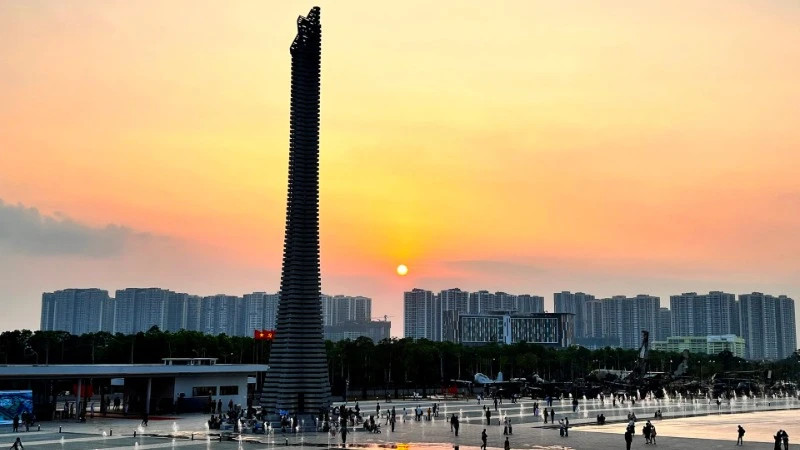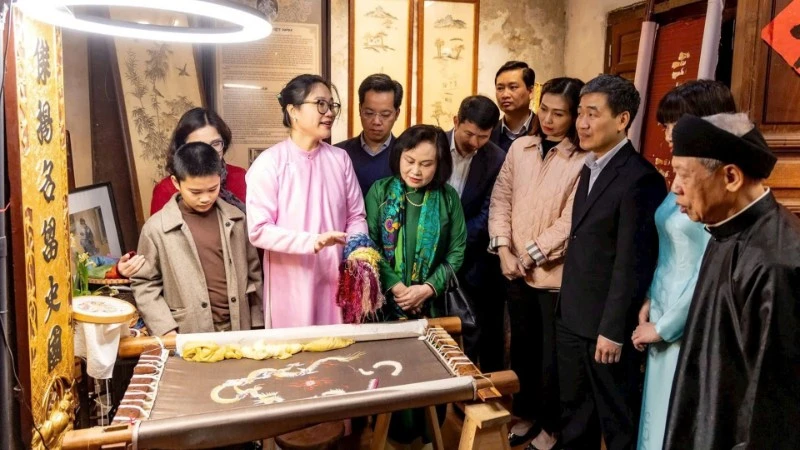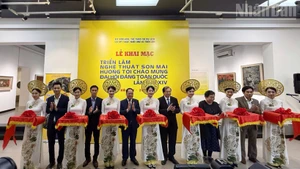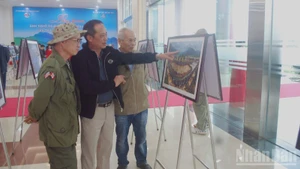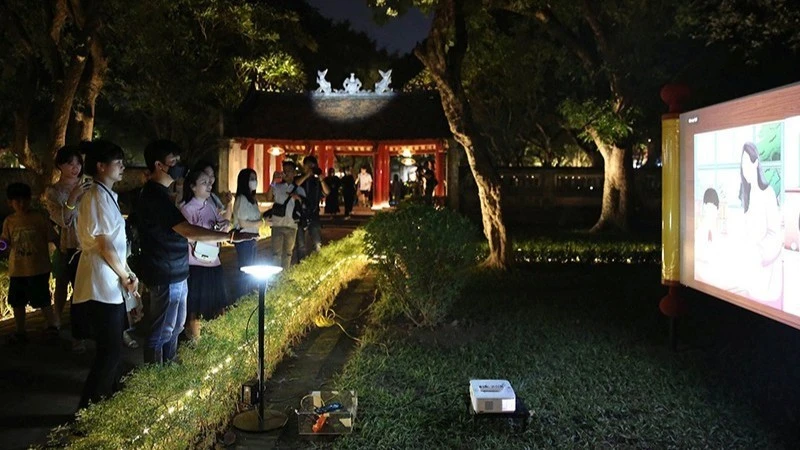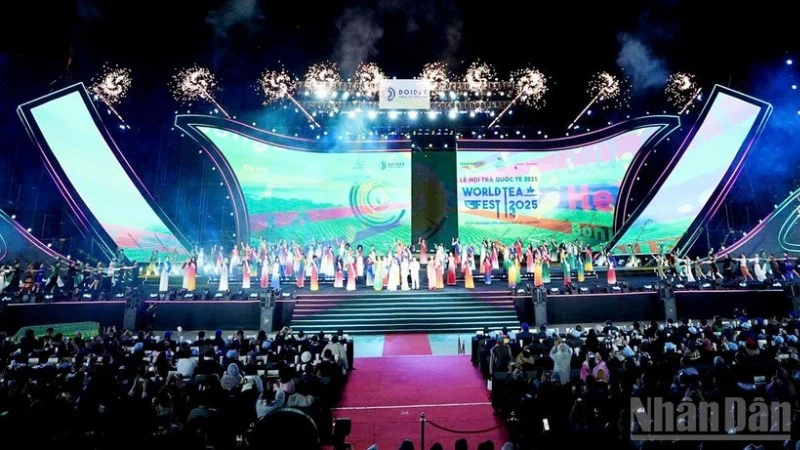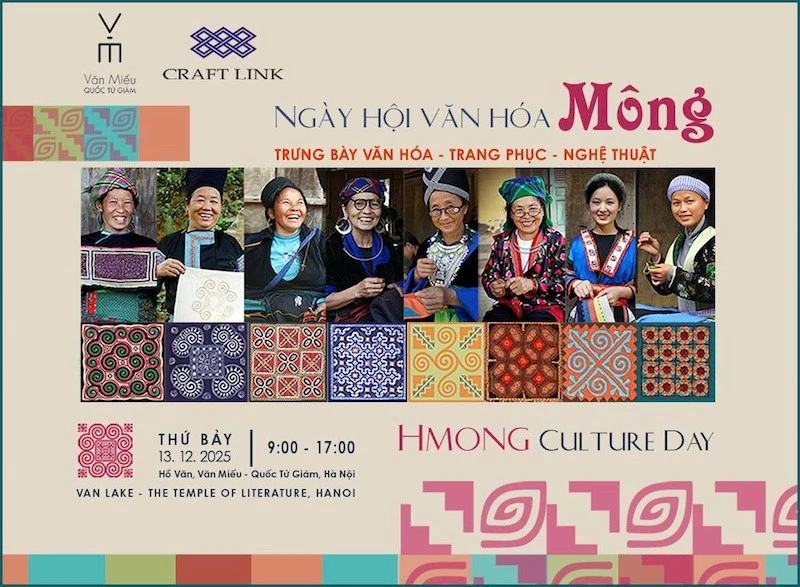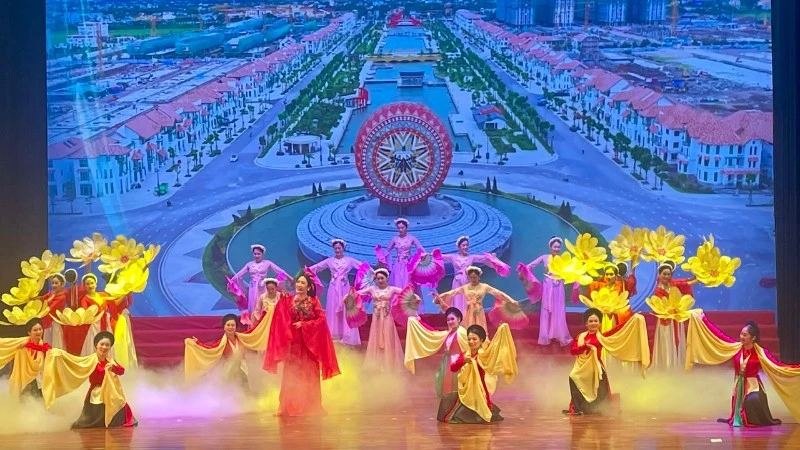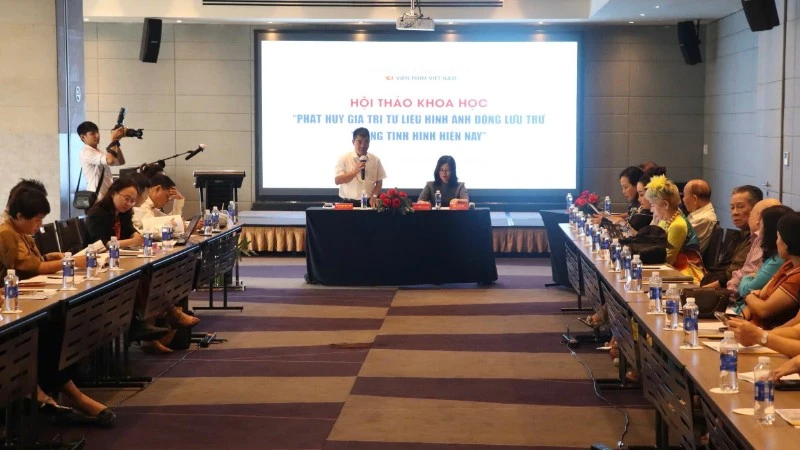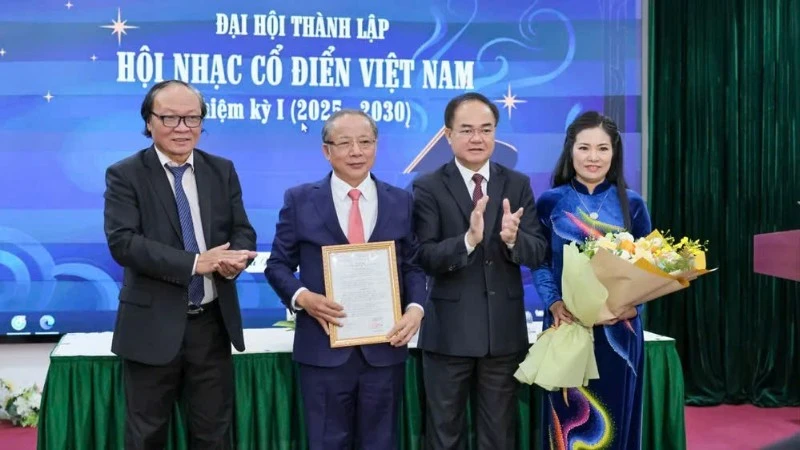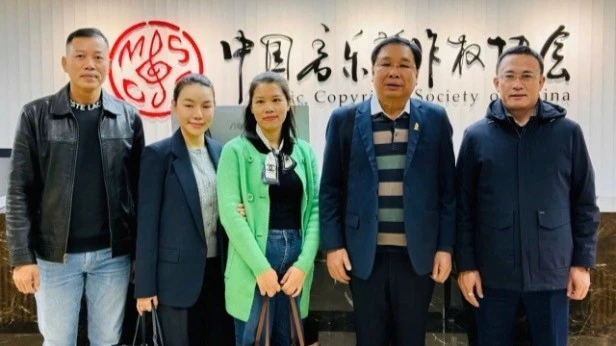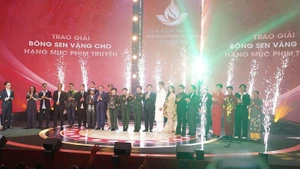Effective models and initiatives demonstrate the careful research and determination to innovate of each museum, aiming to enhance the experience for visitors based on the unique advantages of each unit.
Opening in late 2024, the Vietnam Military History Museum in Nam Tu Liem District, Hanoi, immediately attracted the attention of many people in the capital and tourists because this is the newest museum project, considered the most modern in the current museum system. For many weeks, the Vietnam Military History Museum has welcomed tens of thousands of visitors every day; information and images here have become "hot" topics spreading across social networks.
According to recorded opinions of viewers and experts, the museum attracts visitors and creates good effects thanks to innovation and improved quality of displays. The museum covers a large area with a scientific design and layout; areas divided by historical periods with prominent events or artifacts are arranged visually, vividly, and with clear annotation.
In addition, modern technology applications such as video projection, 3D mapping, interactive electronic games, also arouse more interest from visitors, making lessons or historical events more vivid, familiar, and easy to remember.
Notably, the Vietnam Military History Museum has developed a modern and free digital museum on the Yoolife digital platform with VR360 technology, to serve people who live far away and have not had the opportunity to visit in person or anyone who wants to visit and learn about the museum's rich and valuable artifacts at any time.
Not only new museums but also a series of long-standing museums familiar to people and tourists have boldly implemented innovations, such as the Ho Chi Minh City Museum of History, in District 1, Ho Chi Minh City, with about 40,000 rare artifacts and documents on Vietnamese history and culture from primitive times. This cultural institution was established in 1929 and recently officially announced its new brand identity, affirming the spirit of respecting historical heritage and the goal of reaching the public more and more deeply.
The new identity of the Ho Chi Minh City Museum of History not only has a creative and eye-catching logo designed by a team of young artists, but also includes a collection of consumer products that reflect the museum's brand and patterns related to the artifacts that the museum holds. Items such as bags, badges, cups, towels, notebooks, and pens that combine cultural beauty and contemporary trends have quickly become loved and collected by visitors, especially young people.
The number of visitors to the Ho Chi Minh City Museum of History increased significantly after this change campaign. According to Deputy Director of the Museum Nguyen Khac Xuan Thi, the renewal of the museum's identity and the launch of gift and souvenir products bearing the museum's mark are among the messages that the unit wants to convey to the public: that the museum exists for the people and serves the people.
In addition, the Ho Chi Minh City Museum of History has put into use a 3D/360 smart interactive system, especially the Batalis robot integrated with AI that can dance to music, move with visitors, explain each artifact and ask interactive questions directly to visitors.
The Vietnam Museum of Fine Arts, in Ba Dinh District, Hanoi, is also a place that needs to be mentioned. This unit regularly updates technology and diversifies activities to attract the public to visit, bringing a new breeze to the traditional art space. At the 2024 Vietnam Digital Transformation Awards Ceremony, the Vietnam Museum of Fine Arts was awarded the Outstanding Digital Transformation Career Unit award with the first Online Exhibition Space solution in Vietnam — VAES.
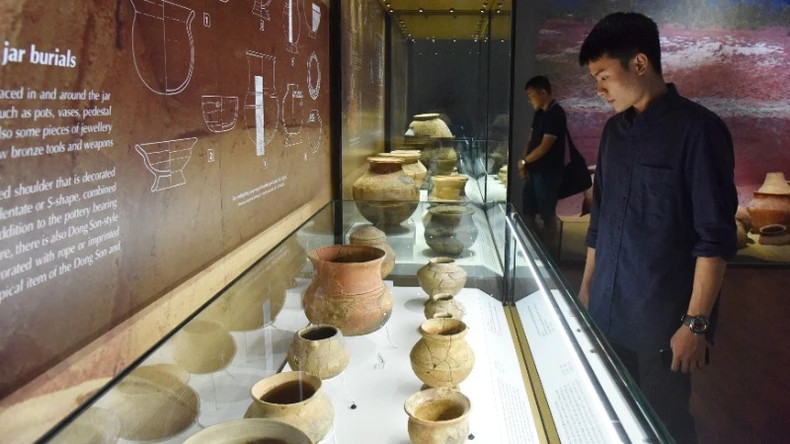 |
| Visitors visit the National Museum of History, in Hanoi. (Photo: TRAN HAI) |
Dr Nguyen Anh Minh, Director of the Vietnam Museum of Fine Arts, said that this digital art exhibition space helps to narrow the gap in terms of geography and time, allowing users to access and visit exhibitions and works of art from anywhere in the world easily and conveniently, while helping artists, art exhibition organisers and museums reach a wider audience globally.
Along with that, features such as viewing angle control, zooming, and 3D interaction bring an engaging and intuitive experience to users. With the ability to store information in long-term digital space, VAES has become a rich data warehouse, providing information and documents about authors and works throughout the history of Vietnamese fine arts.
Together with VAES, the Vietnam Fine Arts Museum has built and operated the Multimedia Presentation Application — iMuseum VFA, helping visitors freely visit and explore the collections of paintings, sculptures, and national treasures preserved at the museum. Currently, the application has nearly 300 articles introducing typical artifacts on the museum's display system in 9 languages: Vietnamese, English, French, Korean, Japanese, Chinese, Spanish, German and Italian.
It would be remiss not to mention local museums that have had success in displaying and attracting visitors with unique experiences, such as Quang Ninh Museum, Dien Bien Phu Historical Victory Museum, and Da Nang Cham Sculpture Museum.
Possessing a massive collection of artifacts that deeply reflects the historical process and cultural identity of each locality, a long time ago, museums only fulfilled their role of preserving heritage, and did not reach large audiences inside nor outside the province, so they did not fully exploit their potential and did not generate significant revenue.
Currently, Quang Ninh Museum in Ha Long City, Quang Ninh, is an attractive tourist destination that cannot be missed in many tours to Quang Ninh and neighboring areas, and has become the first provincial museum to be 100% financially autonomous.
Similarly, the Dien Bien Phu Historical Victory Museum, in Dien Bien Phu City, Dien Bien, has also actively innovated from investing in infrastructure renovation, training human resources to creating media highlights from the panorama on the "Dien Bien Phu Campaign" and showing 3D movies.
The museum also implements inter-provincial traditional cultural and educational programs such as online tours, with the participation of students from many localities across the country.
According to statistics from the Ministry of Culture, Sports and Tourism, the whole country has 188 museums in operation (128 public museums, 60 non-public museums) and is preserving more than 4 million artifacts, including many valuable collections of artifacts on history, culture, ethnology, and fine arts. Although there are many difficulties and challenges, museums are also facing great opportunities in comprehensive innovation to attract the public.
